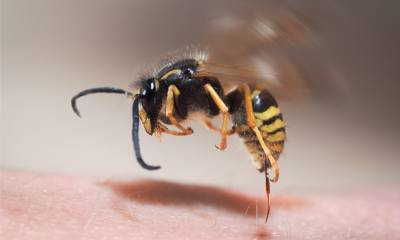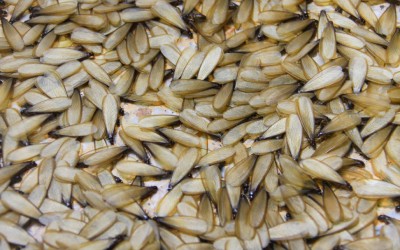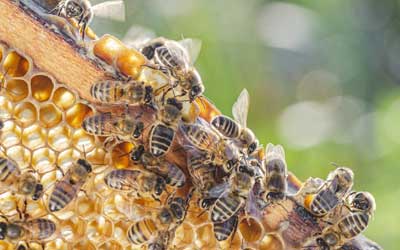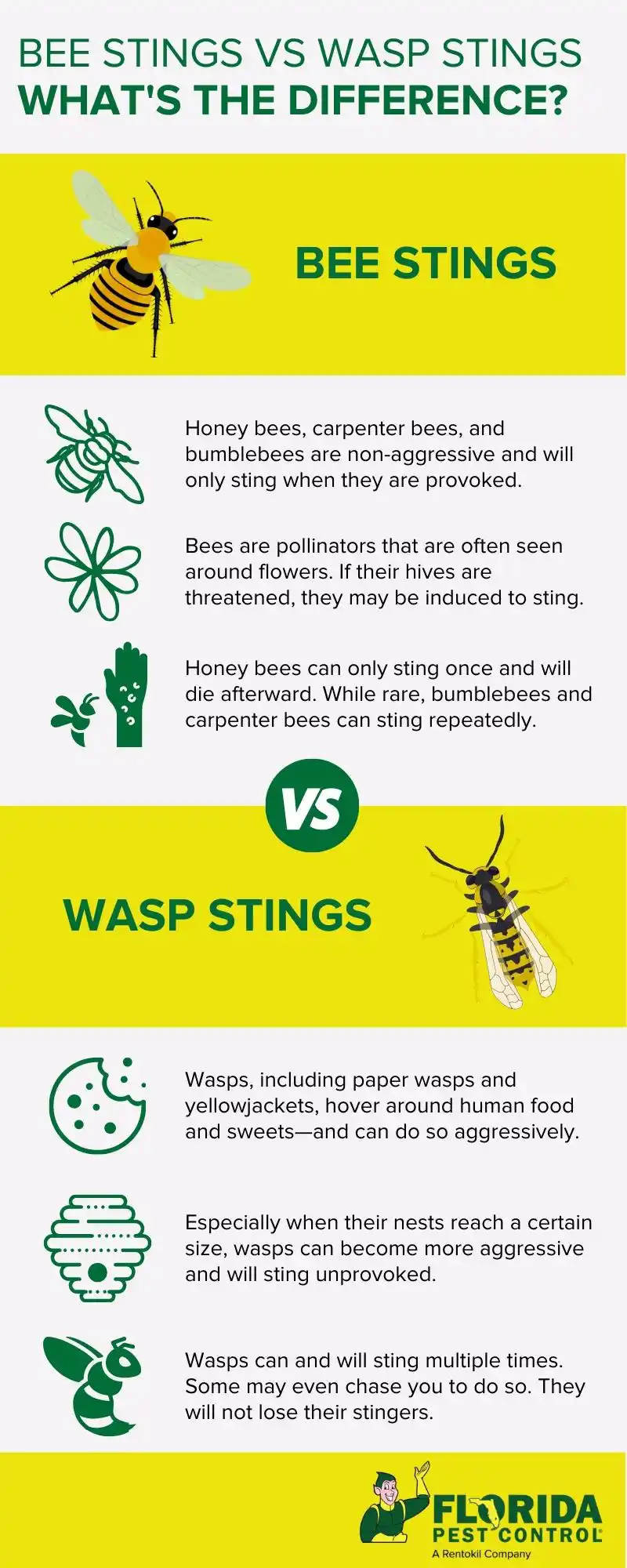Most people look forward to the return of summer each year. They cannot wait to spend time enjoying the outdoors and the many activities Florida has to offer. However, the return of summer also signals the return of stinging insects. Just the sight of these pesky insects can send many people running or cause them to freeze in fear of nasty, painful stings. Fortunately, there are steps you can take to keep these stinging insects out of your yard, allowing you and your family to safely enjoy your outdoor space all summer long!
Types of Stinging Insects
Stinging insects can be categorized into three species; Bees, Wasps, and Hornets.
- Bees can often be identified by their fuzzy appearance. These hard-working pollinators are an essential part of our ecosystem; pollinating many fruits, vegetables, and flowers. Honey Bees and Bumblebees are the most common type of bees and are fairly harmless unless threatened. Carpenter bees are known to cause extensive damage to homes, burrowing into wooden structures to build their individual nest.
- Wasps come in a variety of shapes and colors; Mud Daubers, for example, are mostly black and have extremely thin long waists. While Yellowjackets are bright yellow and black. They are one of the most common wasps you may see. Yellow jackets and Paper Wasps build easily identifiable papery nests from chewed-up wood fibers. Wood daubers, on the other hand, build distinct nests made up of many small mud tubes.
- Hornets are extremely useful in keeping the insect population at bay. Hornets have a reputation for being extremely aggressive, like the Bald-Faced Hornet. These hornets have unique white and black markings and will attack anyone who gets too close to their nest.
Clearing Your Yard of Stinging Insects
Getting rid of stinging insects is a top priority for many homeowners. Below are a few tips to keep your yard free of these unwanted pests!
- Use Traps: Traps are extremely effective at eliminating any stray wasps or hornets that may come to crash your barbecue but will not get rid of nests.
- Remove abandoned nests: Some stinging insects will return to abandoned nests in the spring. Most stinging insects will abandon their nests when it gets cold, making winter the perfect time to scout your property and remove any nests you may find. Call professional exterminators to remove any nests during any season to prevent stings!
- Keep food covered: Wasps and hornets are often attracted to your food. Make sure to cover any food left outside to deter these pests from crashing your picnic.
- Secure garbage cans: Stinging insects will often swarm dumpsters looking for leftover food or sugary snacks. Keep garbage can lids tightly closed to keep hornets and wasps away.
- Landscape to keep pests away: Some stinging insects are attracted to bright flowers that produce nectar. To keep these pests away from your patio, plant peppermint, citronella, or lemongrass around your home instead!
Professional Extermination
Removing a bee, wasp, or hornet nest can be a risky endeavor. These nasty pests have painful stings that can send some to the hospital. Removing stinging insects from your yard should be left to the professionals. The experienced pest control technicians at Florida Pest Control have the expertise and equipment to remove any nests from your yard safely and effectively. At Florida Pest Control we want you to be able to enjoy your yard without worrying about being stung.
Don’t let stinging insects ruin your outdoor fun; contact us today for a free quote and let us handle the job!




 Do Bee and Wasp Stings Cause Allergic Reactions?
Do Bee and Wasp Stings Cause Allergic Reactions?